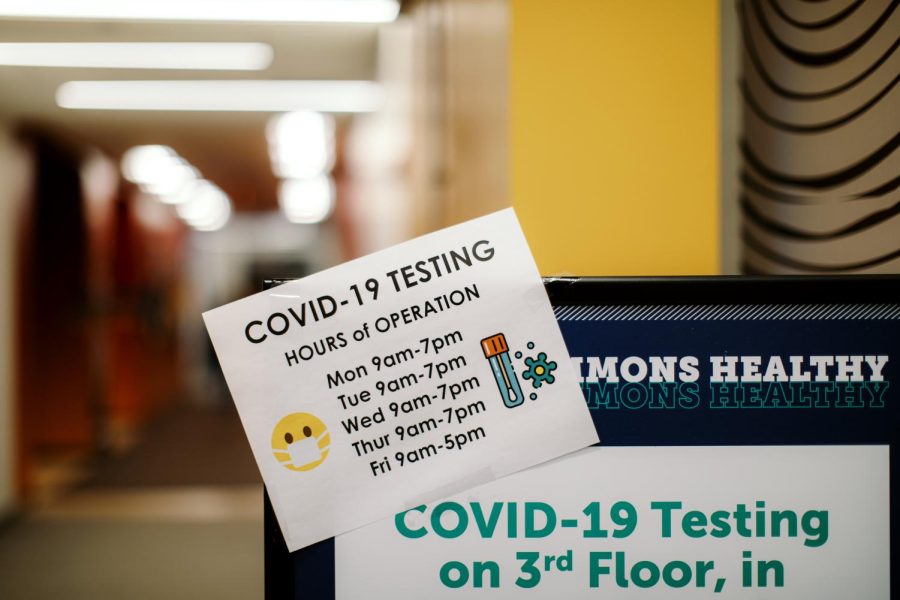By Shen Gao
Staff Writer
Recently, a case of the bubonic plague has been confirmed by authorities in Oregon. The patient infected was believed to have contracted the disease from a flea bite during a hunting trip. Within the past seven months, there have been at least 12 cases of the bubonic plague and four deaths as a result.
Typically, three is the median number of plague cases per year, with no more than two deaths a year, according to the Centers for Disease Control and Prevention (CDC). Experts say an exact reason cannot be pinned down as to why there are so many cases this year as compared to previous years, but this is no cause for panic. According to Dr. Paul Mead, chief of epidemiology at CDC, “It’s twice as many, but when you’re dealing with small numbers, you have that kind of variation.”
A few of the patients who contracted the plague became ill after visits to the Yosemite National Park in California.
The plague is a rare infection caused by the bacterium Yersinia pestis. It is typically transmitted to humans through flea bites, direct contact with infected bodily fluids and tissues, and inhalation of droplets from sick persons or animals. Usually, the time between exposure and symptom onset is about two to six days.
Some symptoms of the plague include fever, abdominal pain, nausea, and vomiting. The bubonic plague is only one of the three main forms of plague, which also includes septicemic plague and pneumonic plague. The septicemic plague is a blood infection in which the infection is spread directly through the bloodstream. Pneumonic plague is contracted through exposure to infectious droplets.
The plague is an easily treatable disease provided that it is detected in its early stages. Mortality in untreated patients ranges from 66 to 93 percent; however, this number drops down to 16 percent concerning antibiotic-treated cases, according to the CDC.
Confirmed cases were mainly located in Western U.S., with affected states including Arizona, California, Colorado, New Mexico, and Oregon. Another confirmed case came from a patient in Georgia, whose case is believed to be linked to exposures near the Yosemite National Park in California.
To prevent contraction of the plague where it is endemic, extra precautions should be made when engaging in outdoor activities. The CDC advises that long pants should be worn whenever possible and insect repellent should be used on clothes and skin. In addition, one should avoid touching dead and potentially infected animals to prevent contact.
Animals that have more freedom to roam by themselves have a higher chance of being infected. If your pet is sick, it is advised that you go to a vet as soon as possible. Reducing possible rodent habitats around your surroundings and preventing pets that roam in endemic areas to sleep on your bed are some extra steps to help prevent the contraction of the plague.
In short, the plague is a rare disease and there is definitely no cause for panic.






















